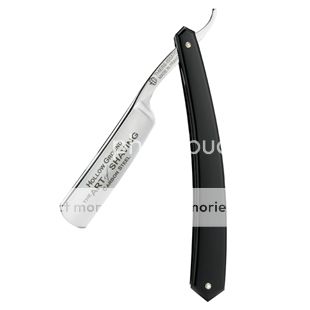Been thinking about the 9 speed transmission.
I believe that's more gears than anything else on the market and the Honda engineers must have a reason for so many.
I'm thinking 1st and 2nd will get you to 60 mph and thanks to the DCT it will shift quickly enough not to slow acceleration much.
A manual would probably add a second to the 0-60 time.
I presume 9th would be the highway cruising gear.
If the gas engine is a short stroke lower torque high revving engine like the C30/32 then I'm guessing the rest of the gears would be for torque multiplication allowing the car to keep pulling hard right up to top speed.
This could yield very good performance despite not having super high horsepower
Would be interested in what you think is behind the choice of 9 gears?
I believe that's more gears than anything else on the market and the Honda engineers must have a reason for so many.
I'm thinking 1st and 2nd will get you to 60 mph and thanks to the DCT it will shift quickly enough not to slow acceleration much.
A manual would probably add a second to the 0-60 time.
I presume 9th would be the highway cruising gear.
If the gas engine is a short stroke lower torque high revving engine like the C30/32 then I'm guessing the rest of the gears would be for torque multiplication allowing the car to keep pulling hard right up to top speed.
This could yield very good performance despite not having super high horsepower
Would be interested in what you think is behind the choice of 9 gears?











